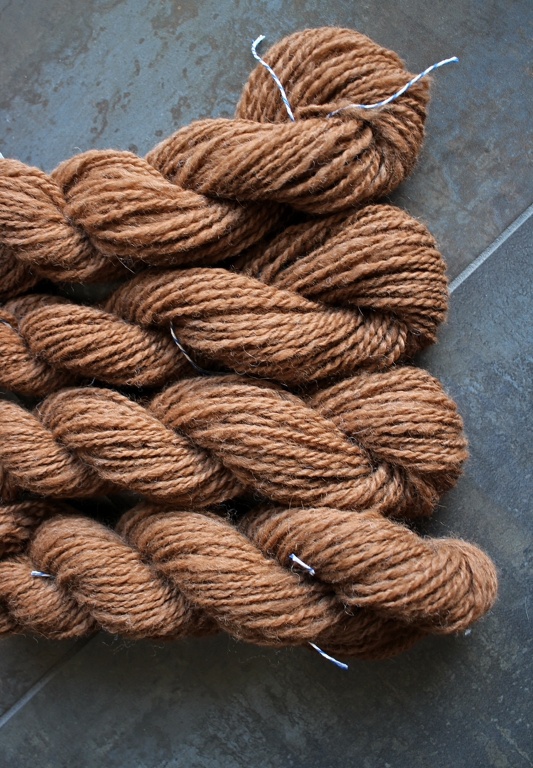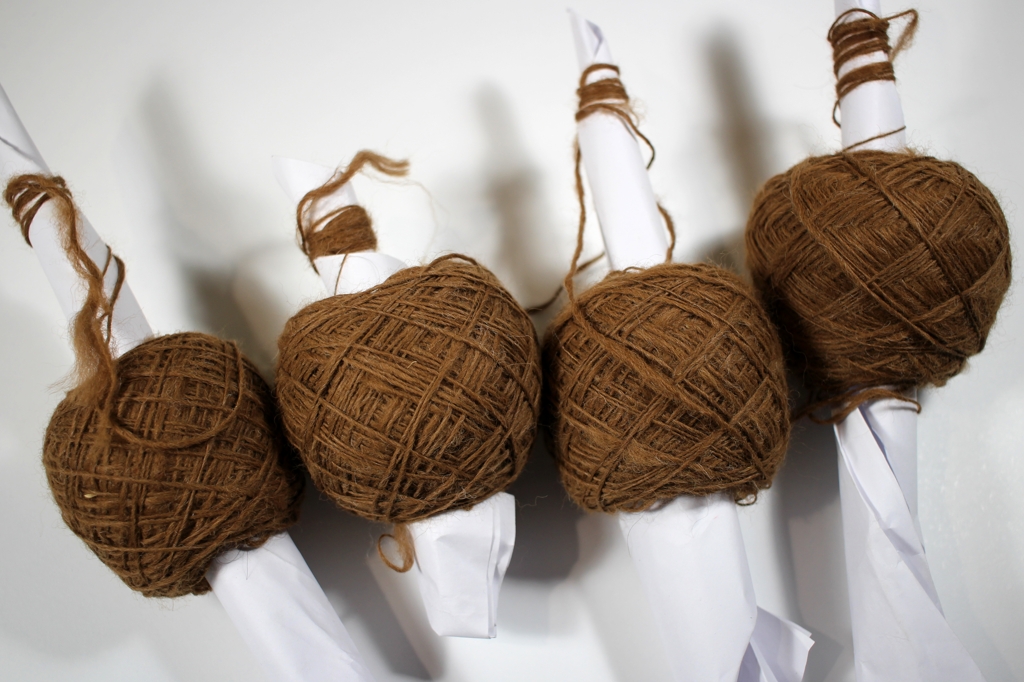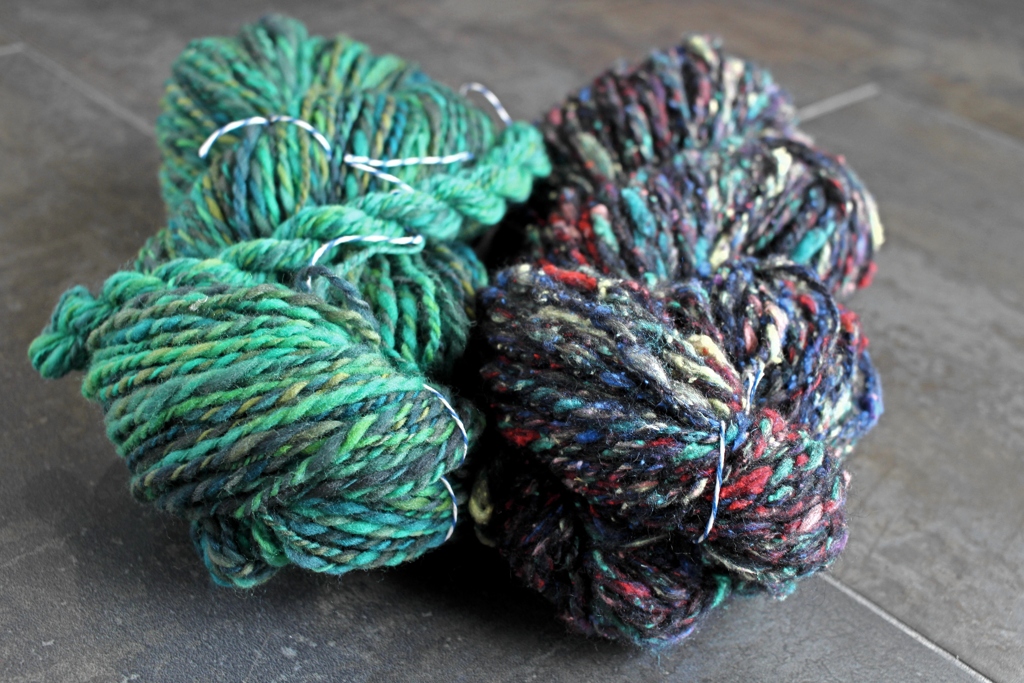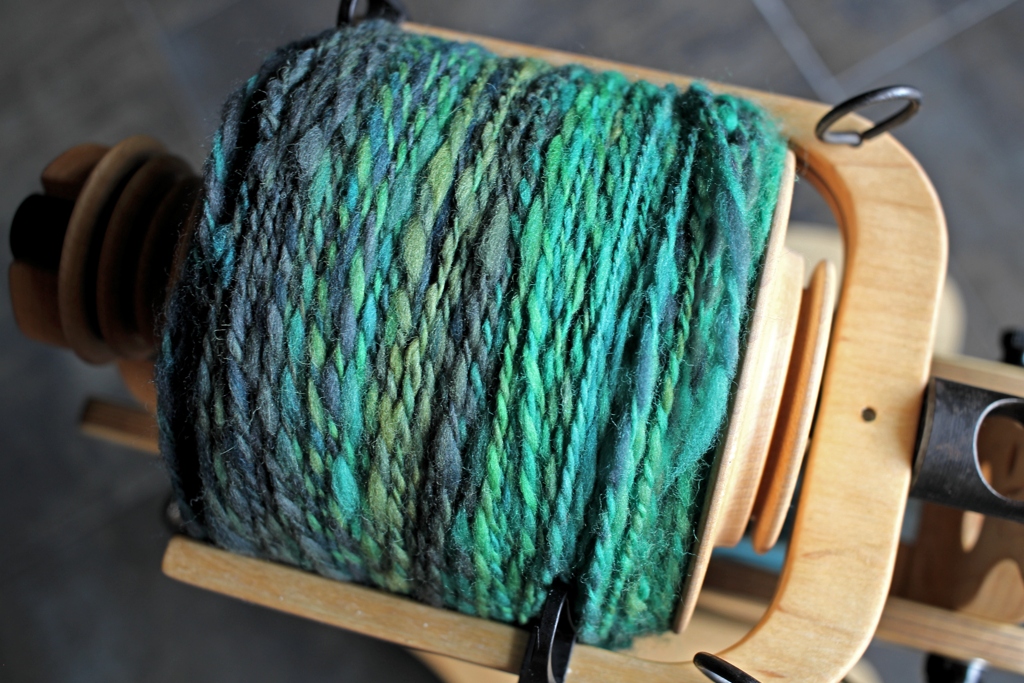A Day At The Estes Park Wool Market 2019
/Last weekend I packed up the family and plenty of snacks to drive up to the Estes Park Wool Market. It’s a fun local wool festival that I enjoy visiting every year with a neat marketplace, classes, demos, and animals. Then when we’ve had our fill of the festival, we can head over to Rocky Mountain National Park which is always worth a visit. Since we had to skip the festival in 2018 (new baby + no sleep = so tired), I was really looking forward to going this year. Plus, it would be the Mini’s first fiber festival! How could we not go?
I wasn’t about to let precious knitting time go to waste and brought my Curve of a Boat shawl with me for the drive. The pattern was great for letting me knit and watch the scenery at the same time.
We started in the marketplace. Mini didn’t mind being pushed around in the stroller too much, but she definitely wanted to be carried around for a better view of all the yarn and excitement. Thankfully, she let me follow my usual festival shopping routine which looks like this.
Go in with a list. I like to make a list of all the projects I’m shopping for and what materials I need. If the festival is going to be super crowded or huge, I check out the vendor list before hand and write down which ones I want to visit as well.
Next I take a full circuit of the market place to see which ones catch my eye or might have something I want. Unless I see the absolute perfect yarn/fiber, I write down the vendor and their location so I can come back later. Admittedly, this is way easier to do at smaller festivals where backtracking isn’t so much of a hassle.
Once I know which vendors I want to visit, I get down to shopping and trying not to get overwhelmed by all the pretty yarn. Knowing where I want to go helps me get exactly what I want for a project and not settle when the perfect thing might be in the next booth. And when I see a sample project that I like, I take a photo of the info so I can look it up later.
My shopping list was pretty short this year. I only had two things on my list: a large, single skein gradient to knit Wingspan by Kyle Vey and fiber from Hummingbird Moon. I couldn’t find the colors I wanted for Wingspan but I did buy two very fun fiber bumps from Hummingbird Moon. The colors she dyes always spin up magically, and I can’t wait to see how these transform.
After finishing up in the marketplace, we took Mini on a walk to see all the animals. There were sheep, goats, llamas, alpacas, and rabbits. I’m pretty sure she liked seeing all these new and interesting animals, but was much more interested in getting lunch.
We left the festival and grabbed burgers before spending the rest of the day wandering around downtown Estes park. I picked up a few souvenirs and just the right amount of chocolate drizzled caramel corn. It was a nice surprise to come across the Estes Park Area Weaver’s Guild during our walk. Their space was filled with huge floor looms and a giant walking wheel. The wheel and been repaired and restored, and my fingers were itching to give it a spin. Maybe it’s finally time to get back to my own spinning wheel.
All in all, it as a good trip and a nice family adventure. We all had fun and I’m sure we’ll be back next year for the festival. We didn’t make it to Rocky Mountain National Park this time, but now we have a reason to go back to Estes Park again soon.



















































